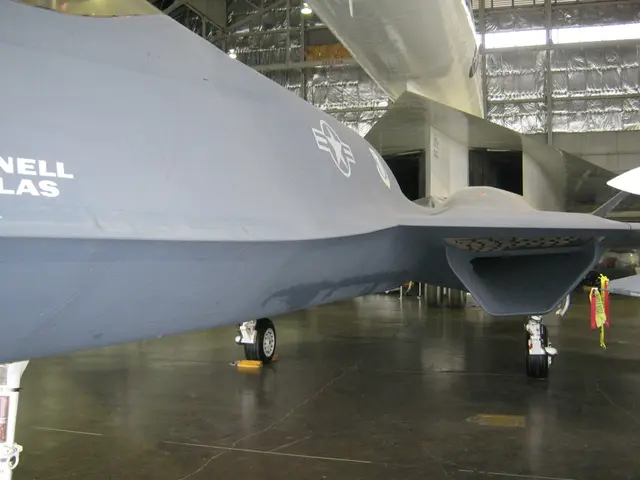Unfamiliar Aviation Operations Soaring Above the Radar
Air Work: A Look Beyond Air Transport
Dive into the captivating world of air work, a versatile realm of commercial aviation that extends far beyond air transport. Air work encompasses those aviation operations specializing in non-air transport services, such as agriculture, construction, photography, aerial advertisements, rescue missions, and more!
These diverse activities demand high-caliber professionals and have a remarkable impact, especially on job markets. In the United States, such aviation activities contribute a whopping 1% to the country's GDP! That's not all - there are over 17,000 public airports, with only 600 exclusively dedicated to commercial aviation. The remaining airports cater mainly to general aviation, a testament to the widespread reach of air work.
Emergency & Health Services: On Call, 24/7
Helicopter health care exemplifies one of the key air work activities. These life-saving missions target the transfer and care of the sick and injured. In the U.S., an estimated emergency occurs every 604 flights.
Firefighting: Conquering the Flames
Another exciting area in air work is firefighting. These operations aim to combat destructive forest fires, a recurring challenge over the centuries. However, the expansion of residential developments, increased human influence, and climate change have amplified their prevalence.
Aircraft were officially integrated into wildfire-fighting efforts in the mid-1960s, a game-changer in battling fires in hard-to-reach locations. In Spain, the first dedicated firefighting aircraft arrived in 1970, providing a potent resource for firefighting in challenging environments.
Agriculture's Soaring Silhouettes
The agricultural sector also benefits from air work, with aircraft conducting chemical treatments against pests and applying insecticides or fungicides to crops.
To carry out these tasks, aircraft are equipped with ground loading tanks and operate at low altitudes, ensuring optimal distribution. It's essential to note that wildfire-fighting work does not fall under the agricultural chapter, although many companies operating in both sectors share similar operations.
Observation & Patrol: Watching the Skies
Air work also extends to wildlife monitoring, power line control, fisheries inspection, forest mass observation, and atmospheric study. These activities play a crucial role in maintaining public safety and environmental conservation.
Rescue Missions: Life at Its Limits
Rescue and rescue operations primarily focus on the evacuation of people and animals from hard-to-reach areas, whether at sea or in the mountains. This includes Salvamento Marítimo, which also promotes permanent maritime traffic and environmental protection.
Other less frequent activities might include photography, aerial filming, air advertising, or tourist flights.
Pilot Training Schools: Taking Flight
Pilot training schools, like our well-established institution, equip aspiring aviators with the skills required to excel in general aviation and other demand-driven sectors. With modular courses or integrated course options, our comprehensive pilot training paves the way for a successful career in air work.
In conclusion, the array of air work activities forms a substantial part of the U.S. economy and job market. From emergency and health services to firefighting, agriculture, observation and patrol, rescue operations, and pilot training schools, each segment carries immense weight in sectors ranging from healthcare and agriculture to public safety and environmental conservation.
While specific data on the economic impact of these air work activities might be hard to find, they collectively support a myriad of industries and contribute to economic growth by maintaining critical infrastructure and services. So, the next time you see a helicopter flying overhead or watch an aircraft dropping seeds on a field, remember the crucial role air work plays in your daily life!
- The agricultural sector's efficiency is significantly enhanced by air work, as aircraft are employed to apply chemicals for pest control and distribute insecticides or fungicides to crops. This aerial application, carried out by equipped aircraft operating at low altitudes, impacts various branches of the environmental science and finance industries.
- The aerospace industry plays a pivotal role in firefighting operations by combating destructive forest fires, an ongoing challenge escalated by factors like residential development, human influence, and climate change. This integration of aircraft into wildfire-fighting efforts, a practice that became prevalent in the mid-1960s, not only expanded its reach in challenging environments but also intertwines closely with the industry and environmental-science sectors.








